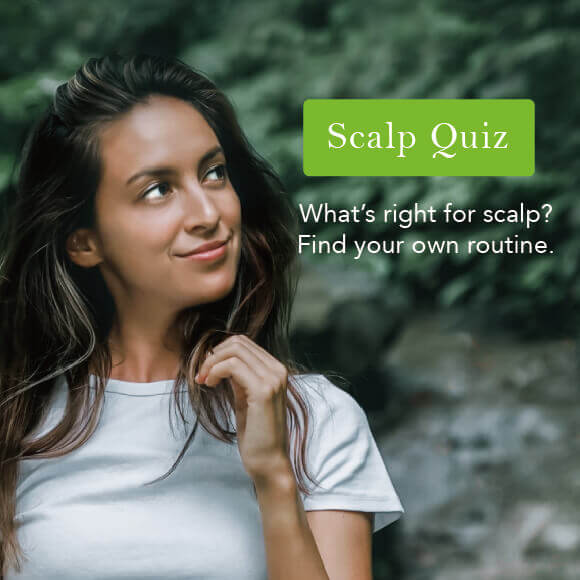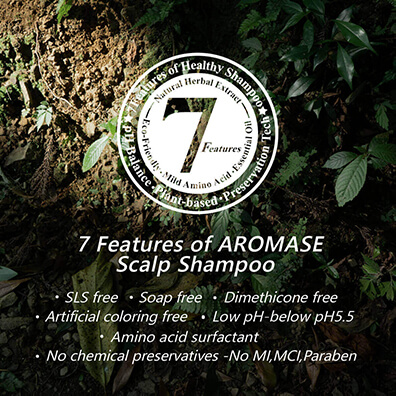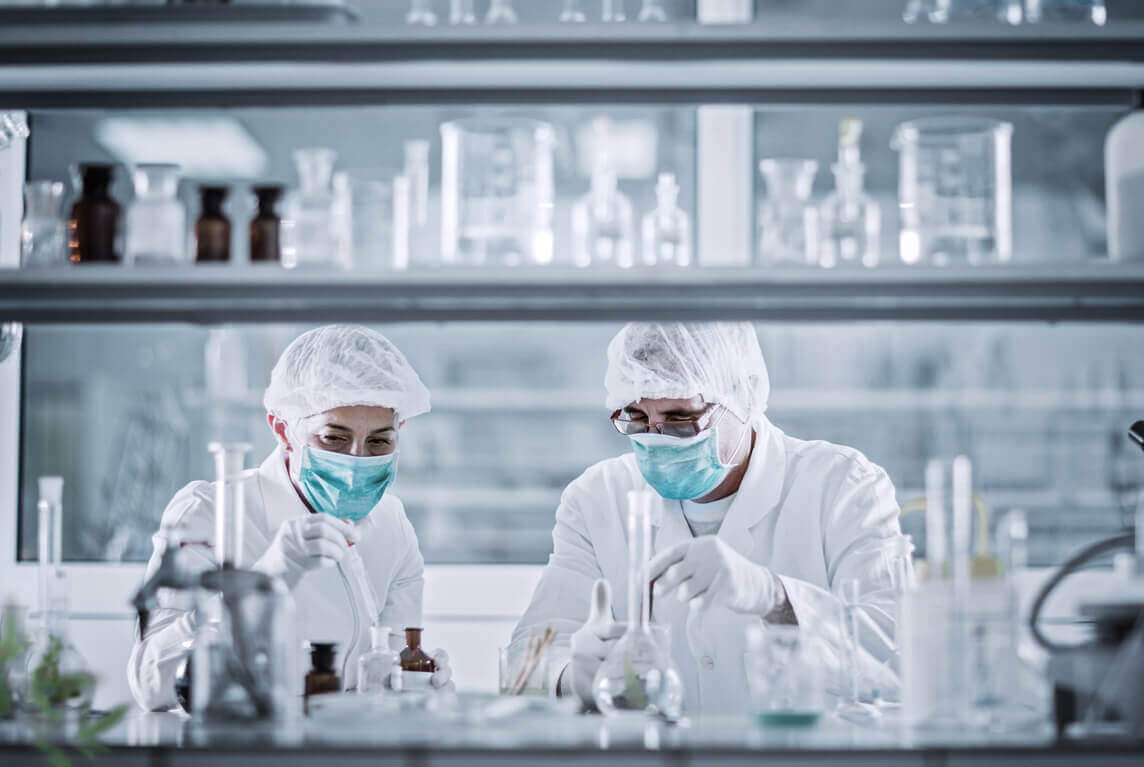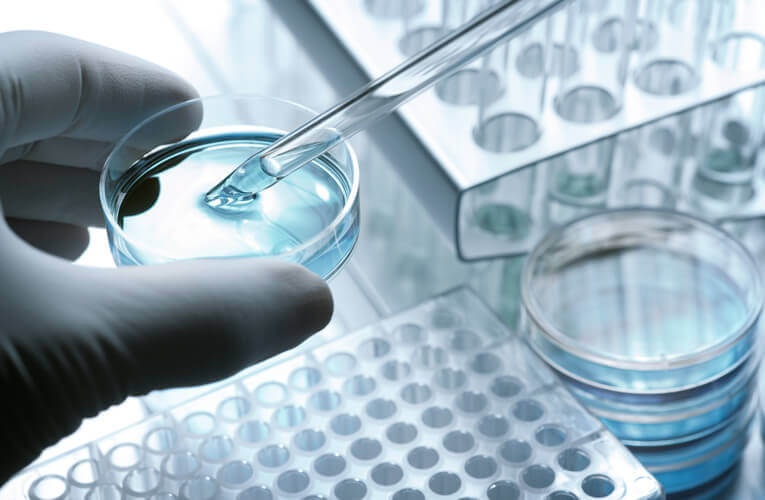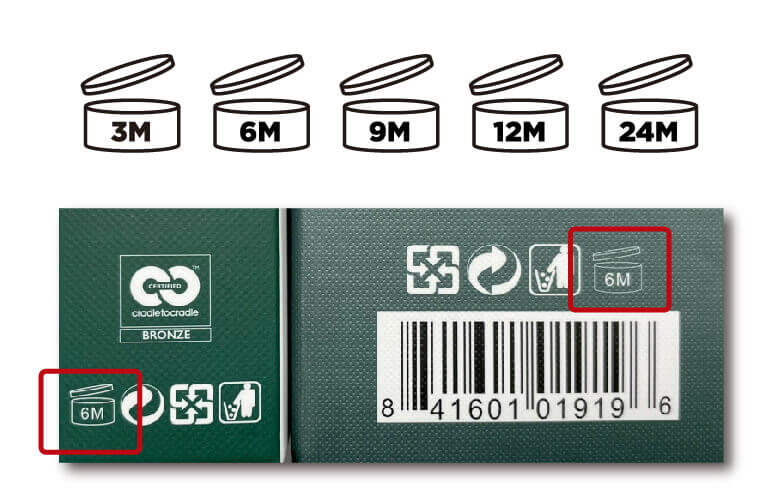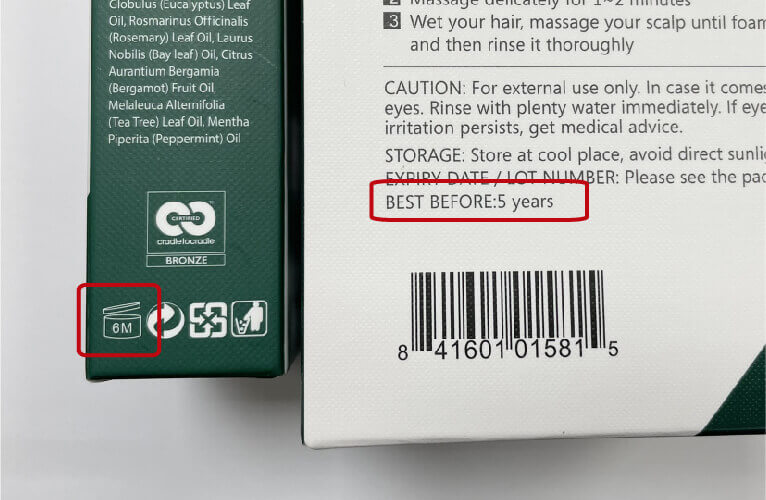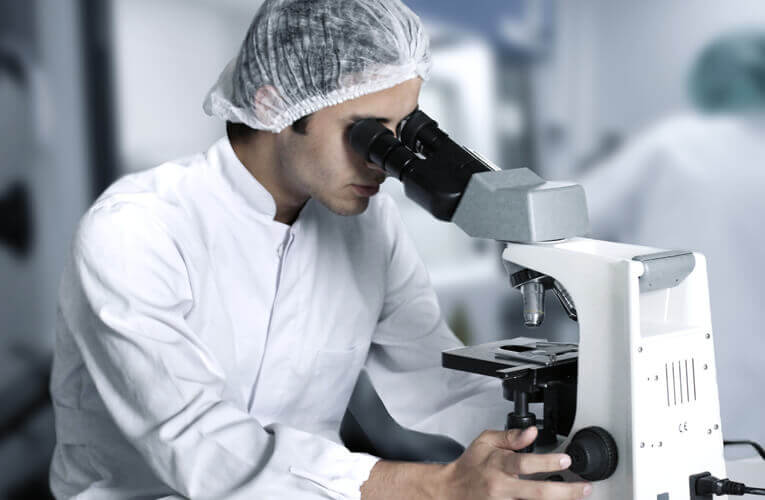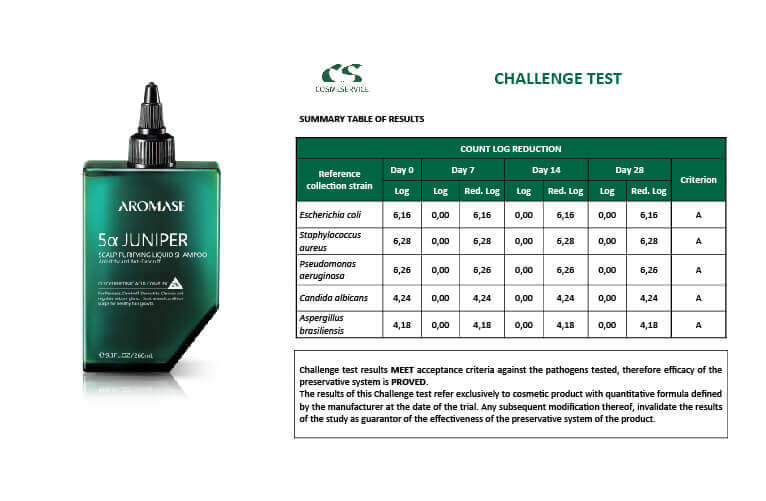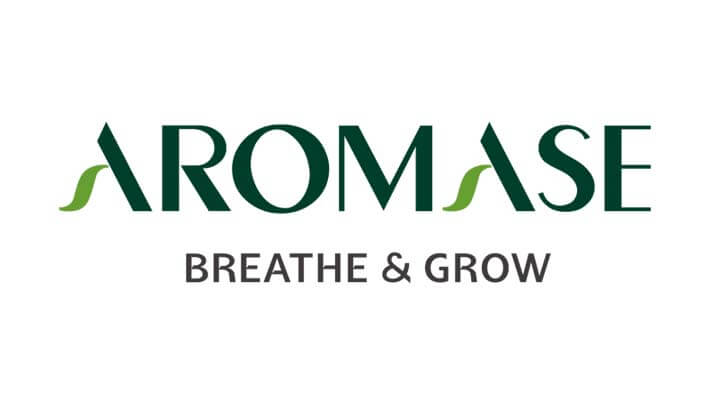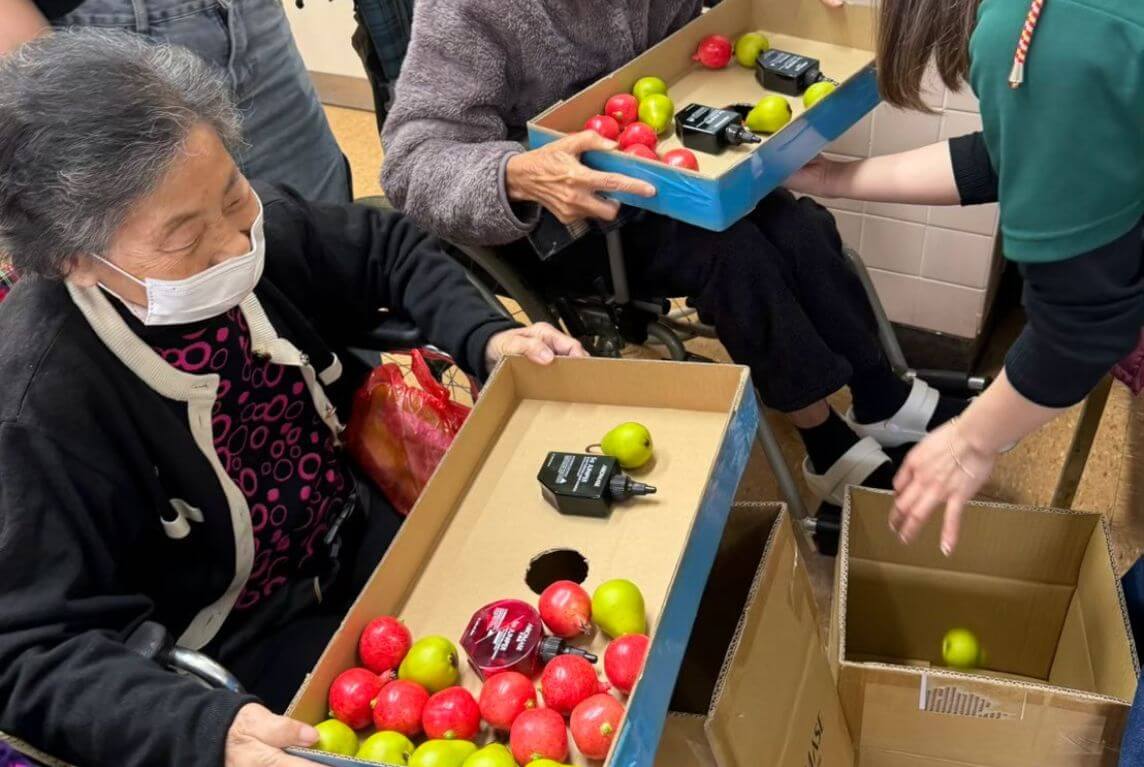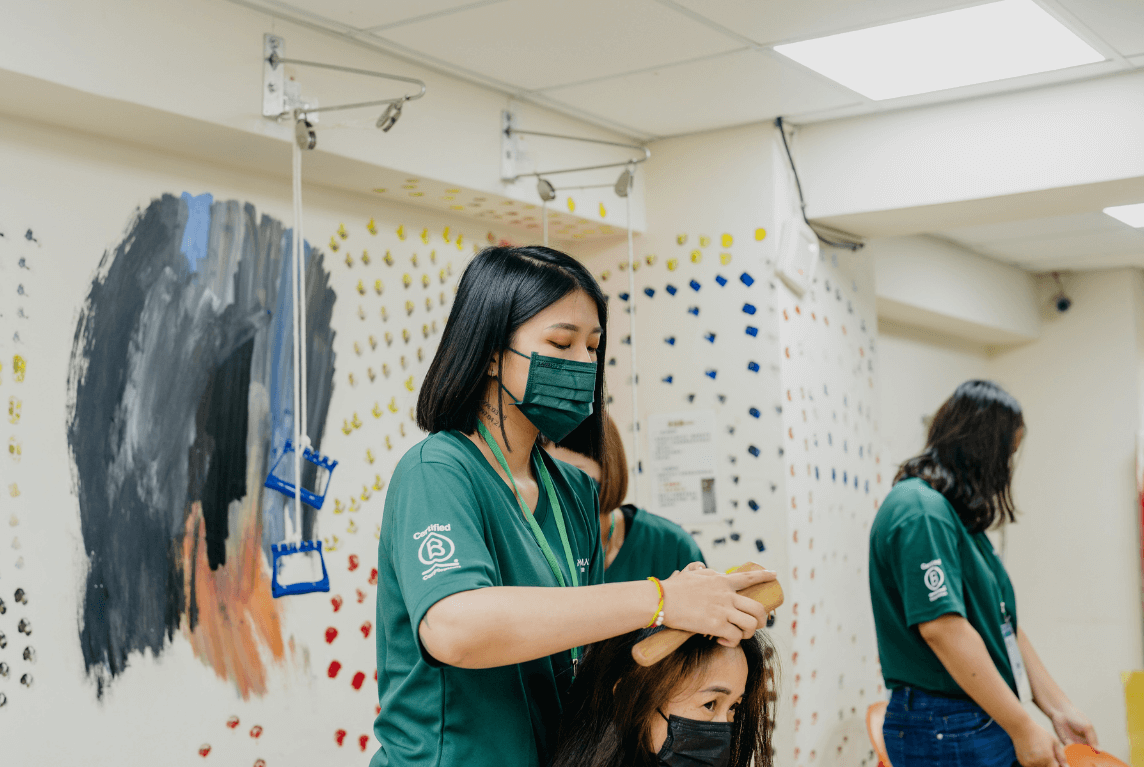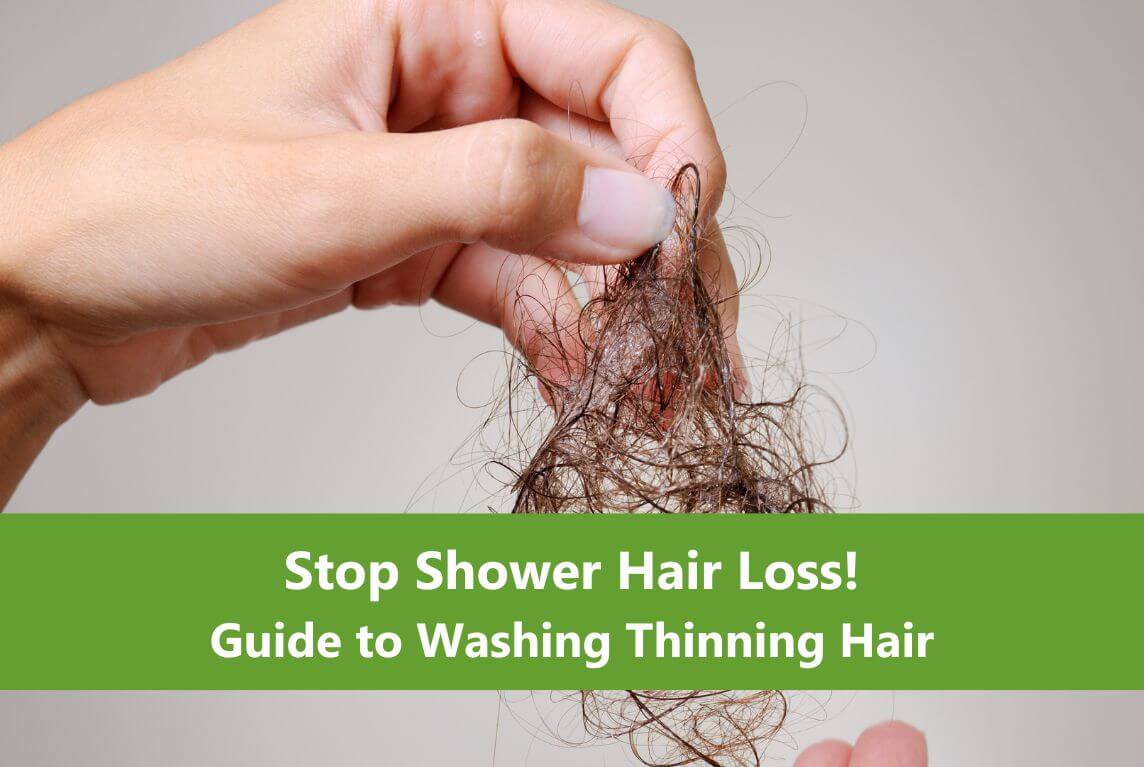When it comes to product shelf life, the first thing we come to mind is chemical preservatives! Preservatives are natural or man-made chemicals that are added to foods to stop them from spoiling or used in cosmetics to safeguard against bacteria and fungi and protect both the products and consumers.
What are common cosmetic preservatives?
- Parabens: Methyl Paranben, Propyl Paraben, Butyl Paraben, Phenoxyrthanol, Ethyparaben
- Organic acids: Benzoic Acid/Sodium Benzoate, Sorbic Acid/Potassium sorbate, Levulinic Acid, Anisic Acid
- Aldehydes: Formaldehyde, DMDM hydantoin, Imadozolidinyl urea, Diazolidinyl urea.
- Glycol ethers: Phenoxyethanol, Caprylyl glycol
- Isothiazolinones: Methylisothiazolinone
- Read more about it on microchemlab.com
What are the chemical preservatives you should avoid?
Most of the chemical preservatives are quite harmful to our skin, already showed it can cause skin irritation in some researches, such as
- MCI/MI
- Diazolinidy Urea
- Quaternium-15
Do cosmetics go bad even with preservatives?
Yes, cosmetics have an expiration date even if they contain preservatives. There are two types of the expiration date for a cosmetic product.
- Unopened shelf-life (Best before)
Cosmetic Products will contain an unopened or shelf-life expiration date on the packaging. This date tells us when a product goes bad even if it remains unopened and unused. - After opening shelf-life
The After opening expiration date is typically printed on the product itself and it states the number of months the product remains fresh and safe for use after opening. In the below image, you’ll see the common symbol that contains the expiration date in months found on most cosmetic packaging.
Take AROMASE product as an example:
- An unopened product shelf-life expiration date on the packaging is 5 years.
- After opening, it is suggested to use of in 6 months.
How does it work to make sure the product shelf time without adding chemical preservatives?
First, there are so many ingredients that don’t show as a preservative but provide a safeguard against bacteria and fungi, such as
- Caprylyl Glycol
- Ethylhexylglycerin
- Pentylene glycol
Second, the formulation for each individual product is super important, with the right ingredient and proper proportion it could have the capacity to preserve itself!
Third, testing the products by exposing samples in different temperatures and humidity levels, then see how the conditions affect the products. This helps determine how long a product will stay safe and be usable under different conditions.
Knowing about cosmetic product safety before purchasing is necessary!
Contacting the seller and asking them how they ensure products remain fresh and safe before purchasing their products. A responsible brand will explain what processes they use to keep their cosmetics safe.
Take AROMASE product 5α Juniper Scalp Purifying Liquid Shampoo as an example.
The laboratory report of AROMASE products-Challenge test
